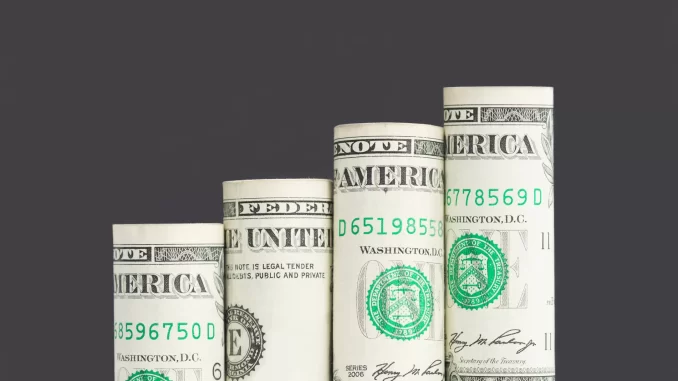
Federal Funding May Also Be in Jeopardy
By Hank Russell
The state Division of Budget (DOB) with the Comptroller’s Office reported an anticipated budget gap of $27.3 billion through Fiscal Year 2028-29. The agency also predicted that state spending will continue to outpace revenues, thereby widening that gap over the next three years, and federal funding may not be there in the future.
According to the DOB, spending in this year’s proposed budget is projected to be $252 billion, which is 3.6% greater than the previous year’s updated projections of $243.4 billion. The budget gap will come through the 2026-27 and 2028-29 projected gaps, when the 5.3% increase in General Fund revenues during that time will be wiped out by a predicted 24.9% rise in spending.
The state will receive a projected $93.1 billion in federal funding for the 2025-26 fiscal year, the DOB said. (Federal funding is the largest source of revenue.) More than 60% ($57.6 billion) is expected to go to Medicaid; by 2028-29, that figure will be $58.1 billion.
In addition, for 2025-26, $13.2 billion will go toward the Essential Plan, a federally subsidized health insurance program authorized under the Affordable Care Act and $70.9 billion will go to provide healthcare for 8.5 million New Yorkers.
“The state has struggled to contain Medicaid costs,” the DOB stated. “A significant change in federal policy or an economic shock might result in having to make decisions quickly relating to healthcare funding. Making prudent financial decisions now and putting Medicaid spending growth on a more sustainable path is in the best interests of all New Yorkers.”
Aside from healthcare, federal aid provides funding for school meals, K-12 education, clean water and drinking water, public assistance (e.g., Temporary Assistance for Needy Families and Home Energy Assistance Program), child and foster care, and grants for transportation and roadways.
Social welfare spending will decrease from $5.28 billion in 2025-26 to $5.15 billion in 2028-29. Education spending will remain the same at $4.39 billion. Transportation will increase during this time period, from $2.84 billion to $2.96 billion. Lastly, spending on health services will shoot up from $16.34 billion to $18.26 billion.
The biggest risk the state faces, the DOB said, are the executive orders signed by President Donald Trump — from federal funding to tariffs to tax policy. “In the event of federal cuts, the state may choose to cut programs or services or to increase state-sourced funding to maintain services; however, it does not have the taxing capacity to replace federal spending in total, especially in health and social services,” the DOB stated. “Furthermore, short-term use of reserves cannot solve for a restructuring of the federal-state relationship regarding key programs.”
“Uncertainty over federal funding and the ending of federal pandemic aid creates an urgent need to strengthen the state’s fiscal position,” Comptroller Tom DiNapoli said. “Federal funding provides the backbone of the safety net and funds for a wide array of essential services including health care, education, transportation and clean water programs. Potential cuts or significant policy changes in Washington may have a large impact on the state’s finances and on New Yorkers’ quality of life. Preserving state services and maintaining long-term budget balance will require a careful examination of the state’s spending trajectory on major programs in ways that do not harm services, but ensures their long-term fiscal viability.”

